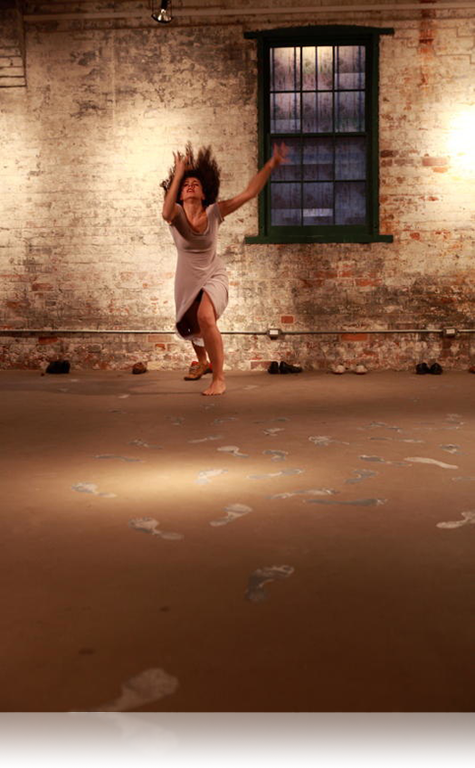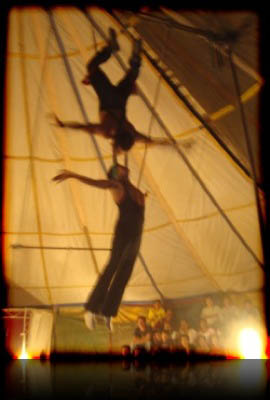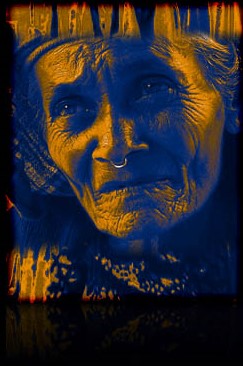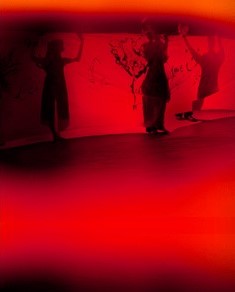Queer is in the Eye of the Newcomer: Mapping Performances of Place
DOI:
https://doi.org/10.25071/1913-5874/37349Abstract
This article describes two collaborative media projects that work with groups of LGBTQ or queer youth with refugee experience in Toronto to explore alternative representations to the victimization they must perform in order to obtain refugee status. Canada has traditionally maintained a progressive interpretation of the UN Refugee Convention permitting individuals who are exposed to violence based on their sexual preference/identity to apply for asylum. At the same time the state works with essentialized Western notions of gay identity and the act of proving oneself often becomes a humiliating process. The objectives of the collaborative media projects are to challenge past performances of victimization, to help the youth involved articulate their identity in a new place, and to explore the advocacy potential in taking their personal stories public.
References
Butler, Toby. “Memoryscape: How Audio Walks Can Deepen Our Sense of Place by Integrating Art, Oral History and Cultural Geography,” Geography Compass 1, 3 (2007): 360-72.
Dodge, Martin, Rob Kitchin, and Chris Perkins. Rethinking Maps: New Frontiers in Cartographic Theory. New York: Routledge, 2009.
Frisch, Michael. “Sharing Authority: Oral History and the Collaborative Process,” Oral History Review 30,1 (2003): 111-112.
Rheingold, Howard. “Using Participatory Media and Public Voice to Encourage Civic Engagement.” In Civic Life Online: Learning How Digital Media Can Engage Youth, edited by W. Lance Bennett, 97-118. The John D. and Catherine T. MacArthur Foundation Series on Digital Media and Learning, Cambridge, MA: The MIT Press, 2008.
Relph, Edward. Place and Placelessness. London: Pion, 1976.
Rodr’guez, Clemencia. Fissures in the Mediascape; An International Study of Citizens’ Media. NJ: Hampton Press, 2001.
Shohat, Ella and Robert Stam. Unthinking Eurocentrism: Multiculturalism and the Media. New York: Routledge, 1994.





